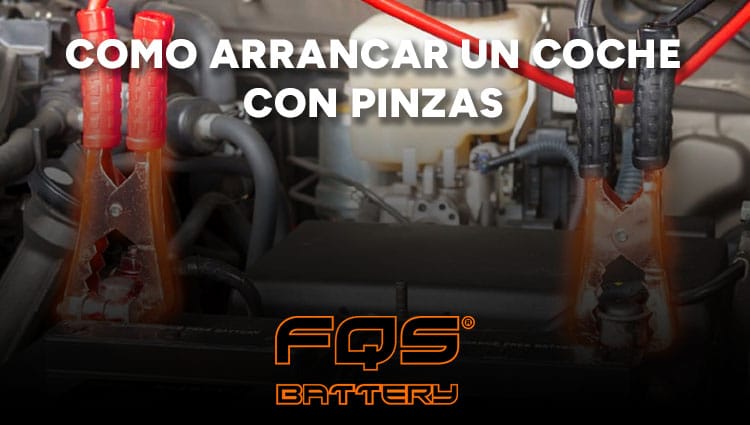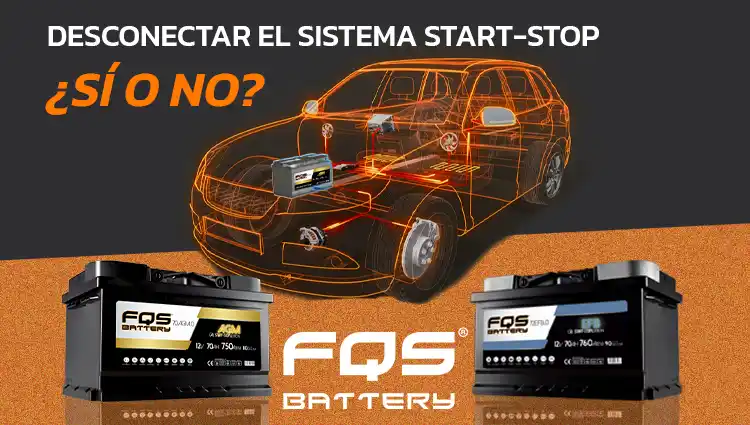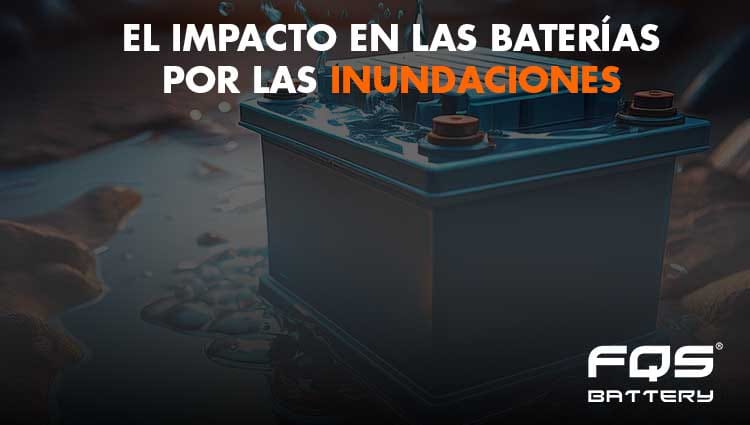Jump-starting a modern car with a dead battery by connecting jumper cables to another vehicle can be a practical solution, but it can also cause problems if not done correctly.
Below, from FQS Battery, we detail the most common problems that may arise:
When using jumper cables to connect a battery to another vehicle's battery, it's critical to ensure both vehicles have the same type of battery.
For example, if it is about an AGM battery in a vehicle with a Start&Stop system, the other car must also be equipped with an AGM battery and Start&Stop system.
This detail is crucial to prevent damage to the electronic components of both vehicles and ensure a safe and efficient start.
1 – DAMAGE TO ELECTRONIC SYSTEMS
Modern cars have advanced electronic systems, such as ECUs, sensors, and control modules, that are sensitive to voltage fluctuations. Connecting the clamps incorrectly or doing so hastily can cause:
- Electrical overloads that damage electronic components.
- Errors in the control unit configuration, which may require reprogramming at a specialized workshop.
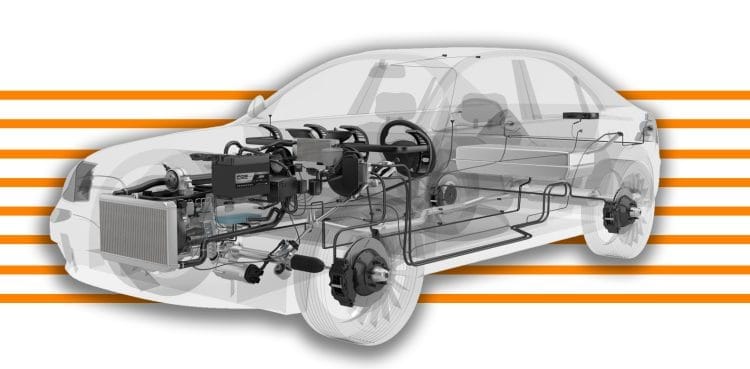
2 – FUSE BLOWING
An incorrect connection or a power surge can cause the car's fuses to blow. This could render key systems, such as the ignition, lights, or electrical accessories, inoperable.
3 – SHORT CIRCUITS
If the clamps are not connected correctly or the cables are worn, there is a risk of a short circuit that could damage both the car with the discharged battery and the booster vehicle.
4 – DAMAGE TO THE CAR'S AUXILIARY BATTERY
Starting a car with a dead battery can put excessive strain on the battery of the auxiliary vehicle. If this battery is not in good condition, it could also deteriorate or run out.
5 – ALTERNATOR FAILURE
In some cases, a dead car's alternator can be damaged if it attempts to charge a completely dead or damaged battery, especially if it is overcharged upon starting.
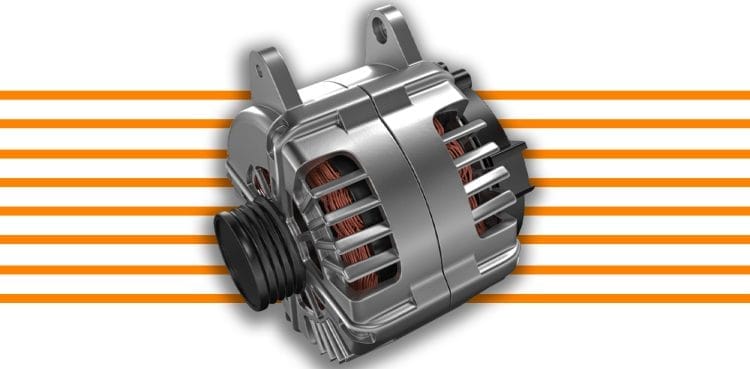
6 – PROBLEMS WITH SECURITY SYSTEMS
Some modern vehicles have advanced security systems, such as alarms and electronic locks, which can be activated or disabled by a surge current during jump starting.
7 – MISCONCEPTION OF INTERNAL SYSTEMS
Modern cars store data in their control units, which can be lost if the vehicle loses power completely. This can lead to:
- Infotainment system configuration failures.
- Problems with the injection system or sensor calibration.
From FQS Battery Our recommendation is to always turn to professionals. Having experts not only guarantees a job well done, but also helps prevent unnecessary problems and additional costs that could arise when attempting solutions on your own.
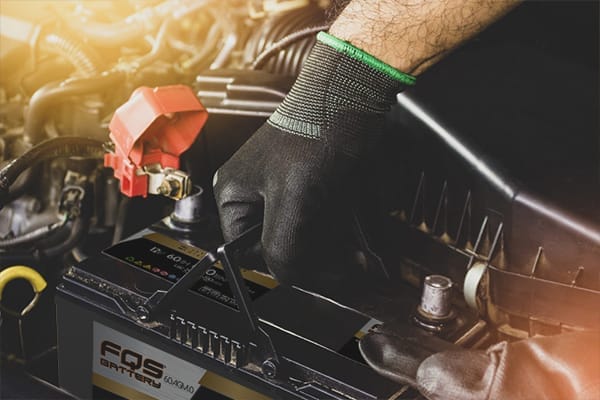
RECOMMENDATIONS TO AVOID PROBLEMS
- Use good quality tweezers:
Make sure the clamps and cables are in good condition and suitable for the type of vehicle. - Follow the correct order when connecting the clamps:
- First connect the positive cable to the positive terminal of the discharged battery.
- Then connect the other end to the positive terminal of the auxiliary battery.
- Connect the negative cable to the negative terminal of the auxiliary battery.
- Finally, connect the other end of the negative cable to a metal part (unpainted) of the dead car's chassis.
- Turn off all electrical systems before starting:
This includes lights, air conditioning, radio, and any accessories that may consume power. - Start the unloaded car carefully:
Do not keep the booster car on longer than necessary to avoid overloads. - Consult the car manual:
Some modern vehicles have specific restrictions or recommendations for these types of situations.
